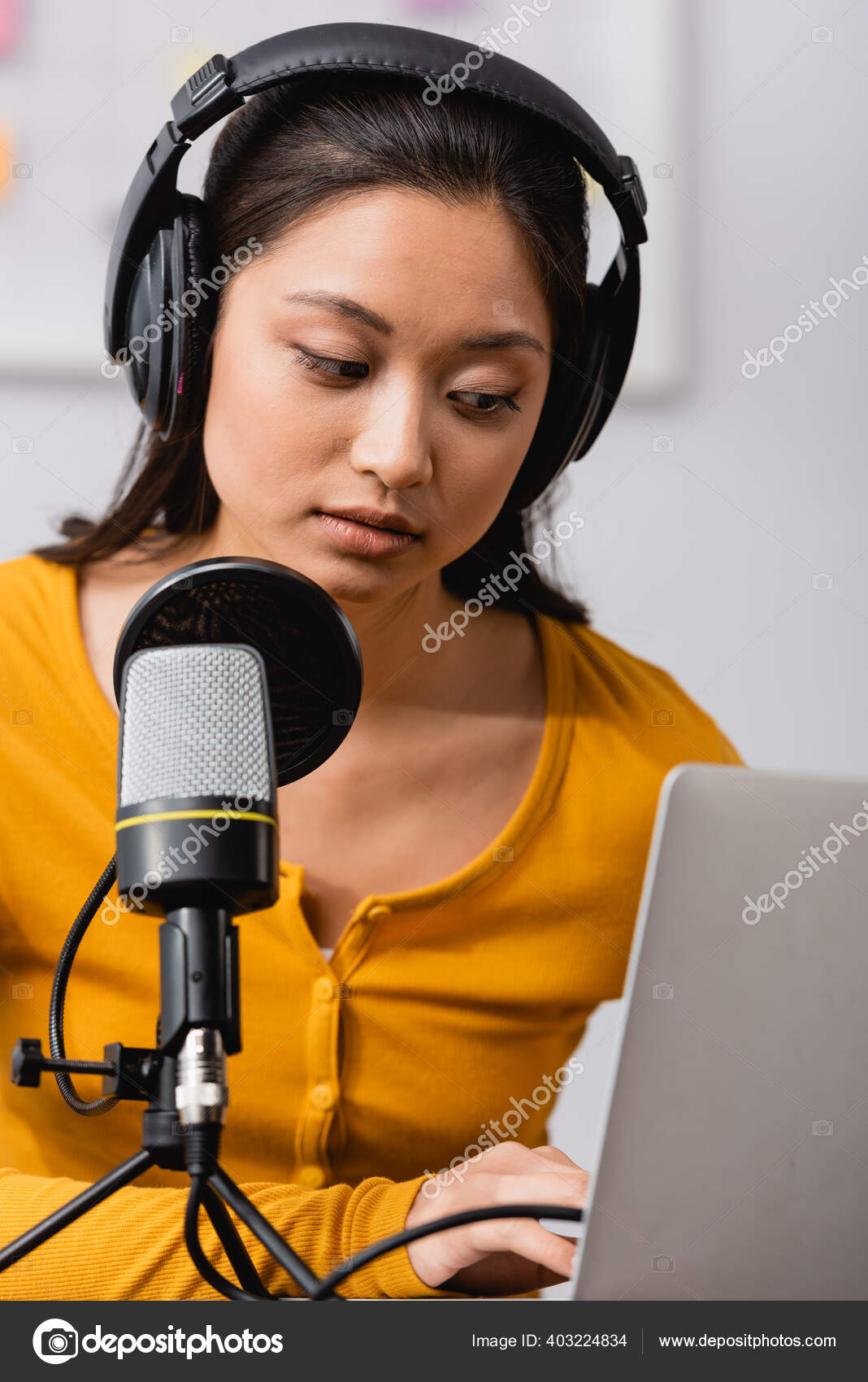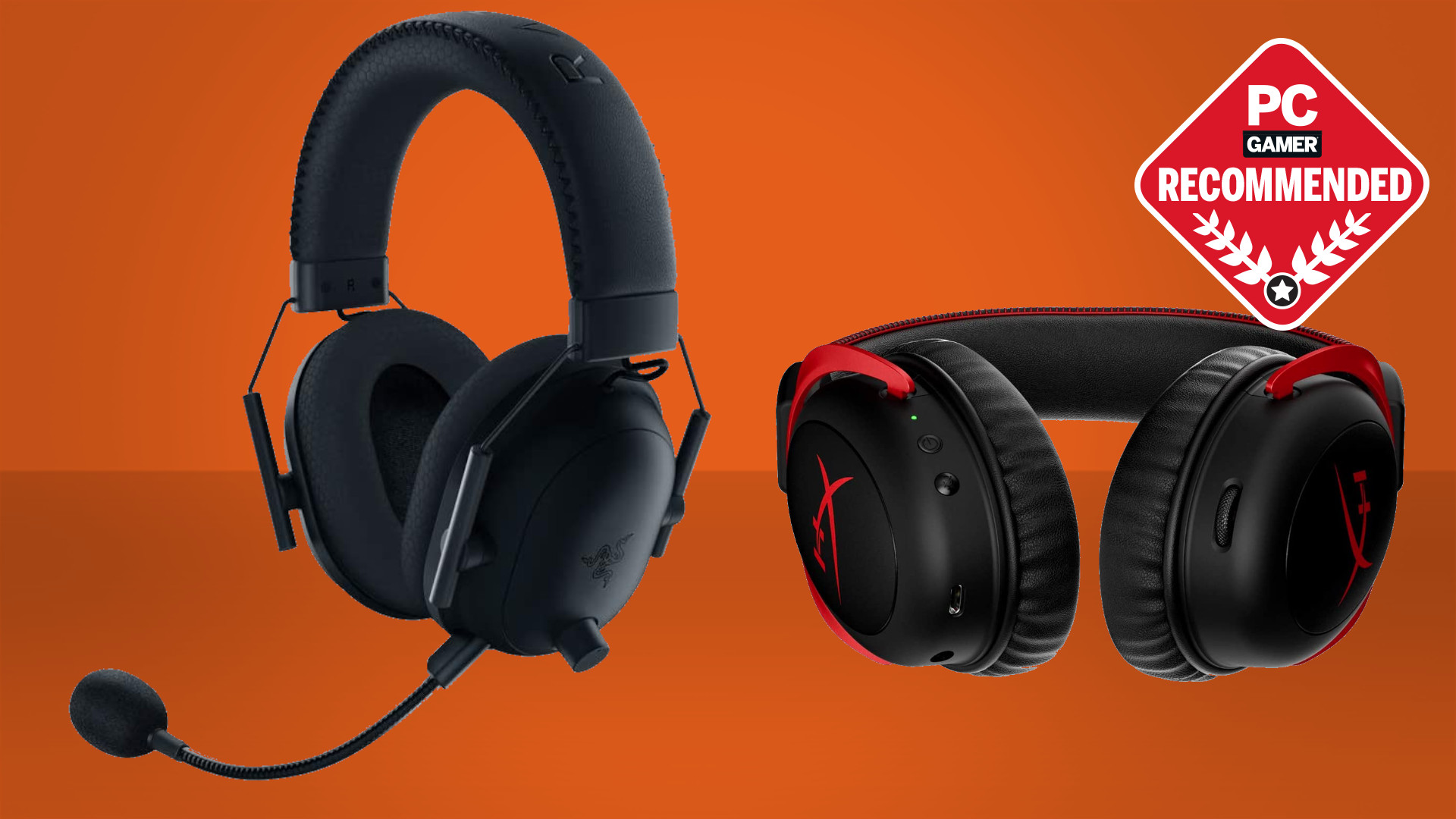


Secondly, the microphone configuration is different. First off, these thankfully have USB-C instead of micro-USB. However, there are small but notable changes. It has the same drivers, according to Bose, and the buttons are in the same place. The QuietComfort 45 has virtually the same design as its predecessor, the QuietComfort QC35 II. We'll be updating it regularly as we review new products. Here are our current top picks for the best Bluetooth headphones for calls. To that end, we've tested a bunch of Bluetooth headphones specifically for their audio quality during calls. And finally, comfort is essential along with decent battery life. Needless to say, you'll want to hear people clearly, so sound quality - and often noise-isolation (so you don't hear the outside world) - are also important. So, what makes a pair of headphones good for making calls? Well, for starters, the best Bluetooth earbuds or headphones are able to reduce ambient noise even in loud environments, allowing people to hear you clearly when you speak.

This list is less business focused and includes only consumer wireless Bluetooth headphones that work well for making calls on the go with your cell phone (and yes, most of these work just fine with video-conferencing applications like Zoom and Microsoft Teams). Some of those are Microsoft Teams-certified and are also designed to work with Unified Communications applications. That list includes more "work" or "business" headphones that you're more likely to use with both a phone and computer and features some enterprise headphones with boom microphones. I've created a list of best headphones for working from home, but this one is a little different.

While sound and comfort are arguably the most important factors when buying a pair of headphones, their performance as a headset for making voice calls has become a key feature as we use headphones to communicate on the go - or working from home - in a world where we're no longer tethered to the office.


 0 kommentar(er)
0 kommentar(er)
